
First line, and I lost them already: "Two roads diverged in a yellow wood," and one of them thought of the yellow brick road and the whole class couldn't let the whole Wizard of Oz thing drop. I actually said, “poetry is subjective, but that is definitely not what this poem is about.” And then we went on to talk about choices and paths (and yellow roads, again), and regret and how Frost used a lot (too many?) of words to say all that. I told them how many modern poems tend to use the 'less-is-more' philosophy when it comes to words. The good news was that they were able to record their first connections (thoughts /reactions/ emotions) from the poem, so they could note the yellow brick road connection, which wasn't wrong (really), it was simply how they connected to it -- and really, Dorothy took one path -- right down that rabbit hole, and if she didn't, the movie could have been awfully boring!
Another class was asked to write Limericks. Their teacher sent us outside and told them they needed to write two limericks and show me. When they approached, I bellowed, "Limerick me!" or "Show me your Limerick!" I gave them the option of reading their own poem to me or allowing me to read it. At the end of class, some of the students wanted to share their creations with the class, and then we snapped to show our appreciation, like in Slam Poetry.
Iron Maiden -- Rime of the Ancient Mariner
Donovon -- Jabberwocky
Here's a funny: Poetry Class - Saturday Night Live -- Students take lyrics from classic rock tunes in hopes of fooling their poetry teacher.(Aired 01/21/95)
EB Academics for Middle School ELA Teachers Channel on YouTube is my newest resource find, and it has amazing ideas to teach poetry to Middle School students:
- Poetry: A New Perspective
- How to Teach Poetry with a Game
- How to Teach Poetry More Effectively
- Try this Engaging Poetry Activity
- Poetry Idea: Two-Voice Poetry
- A Fun Poetry Activity
Read, Write, Think Poetry Month Resources
Mrs. Schneider’s Limerick’s...
| There once was a cat with no tail. who was almost the size of a whale. With poop in his bum, he rolled in the sun, at the end of his stinky poop trail. ** Note: My cat is a Manx with only a nub, and he has poop troubles. The fact that there is poop is always a good thing for it means he can live. We almost lost him and even learned how to do enemas because he is an awesome cat and we love him. | There once was a class from Dun Central whose teacher was slightly mental. His name, it was Bell; he teaches so well. Wishing for his class was elemental. ** Note: I’ve known this teacher for many years, and he IS mental but in a good way. He motivates his students by doing all sorts of fun activities so that they don’t always know they are learning!! |
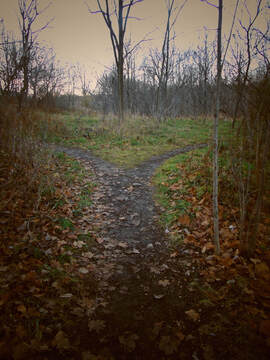

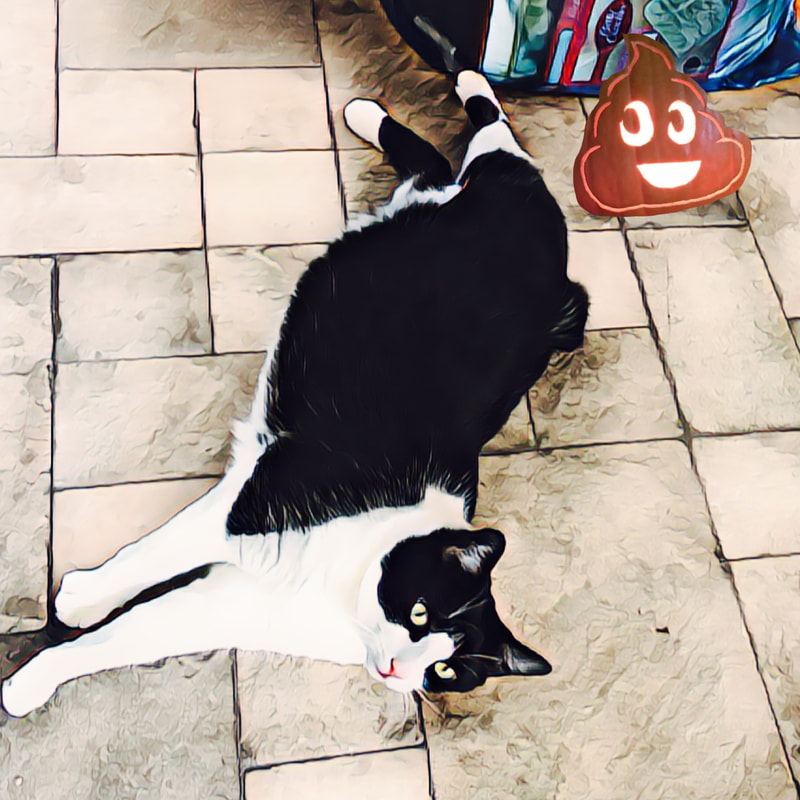


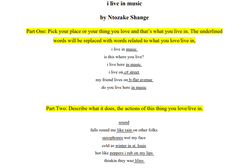

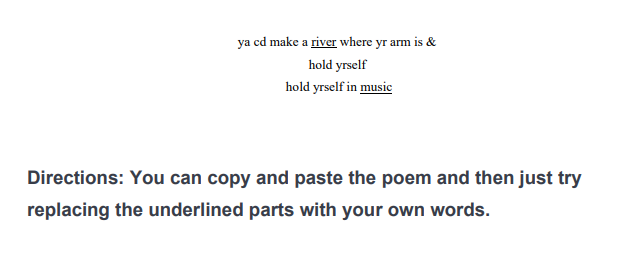


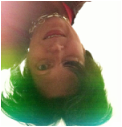
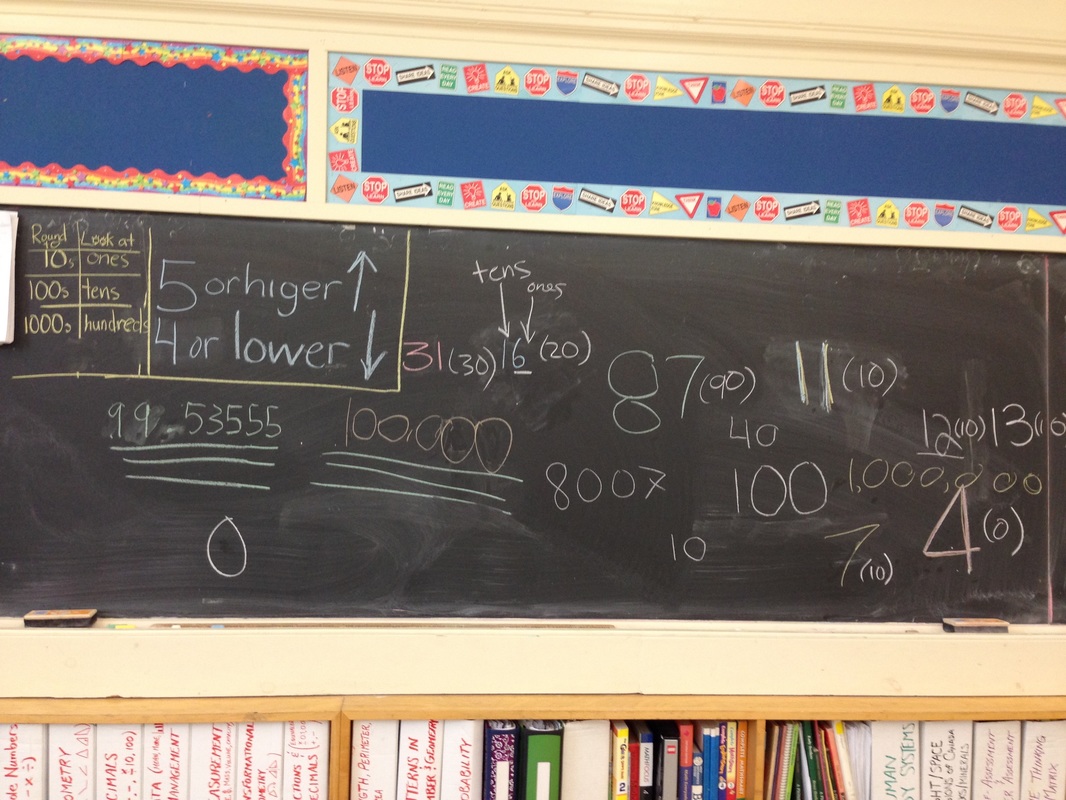
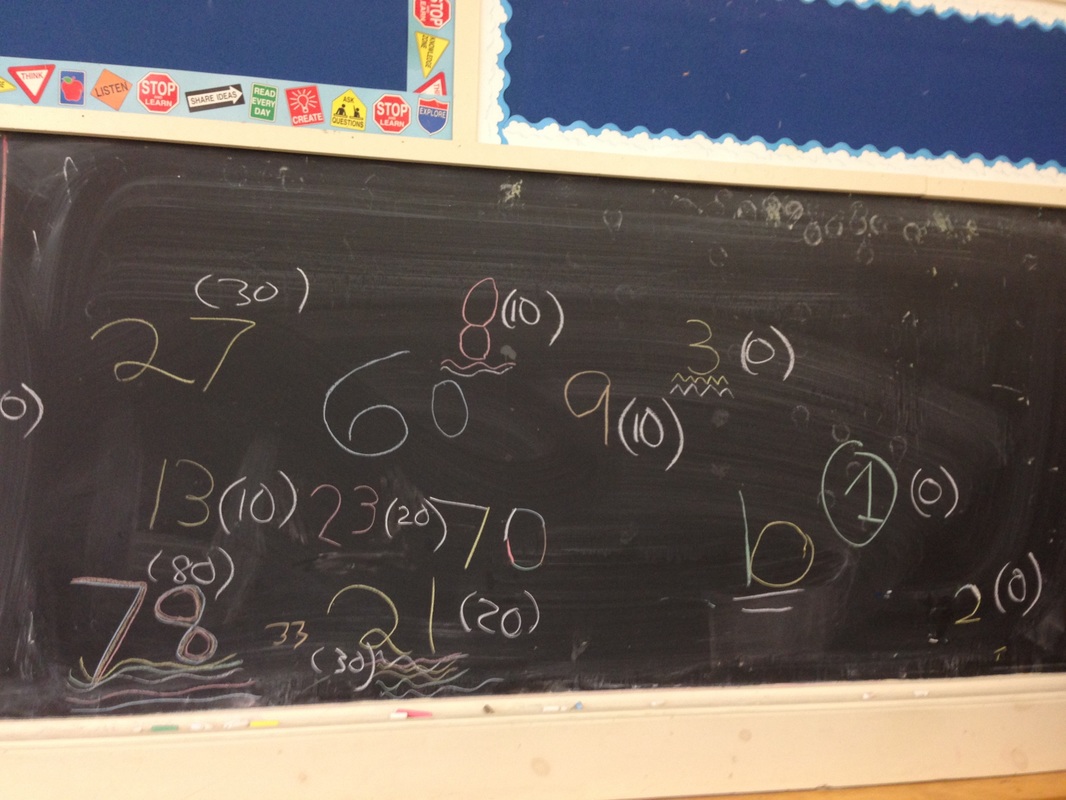
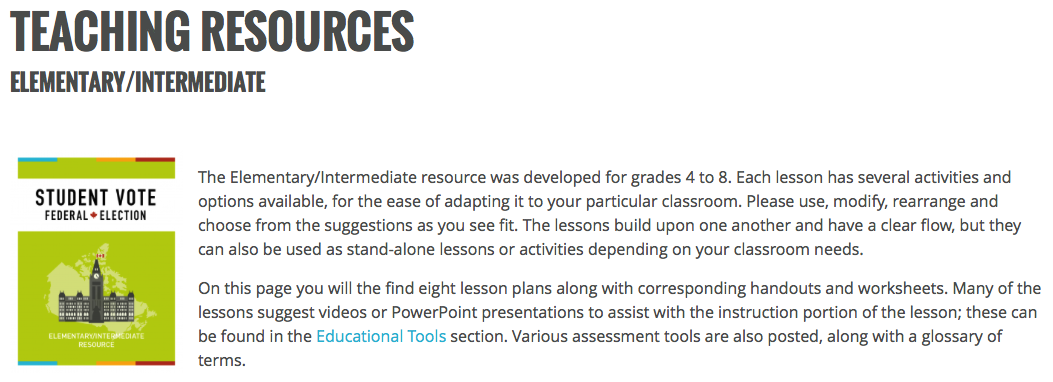

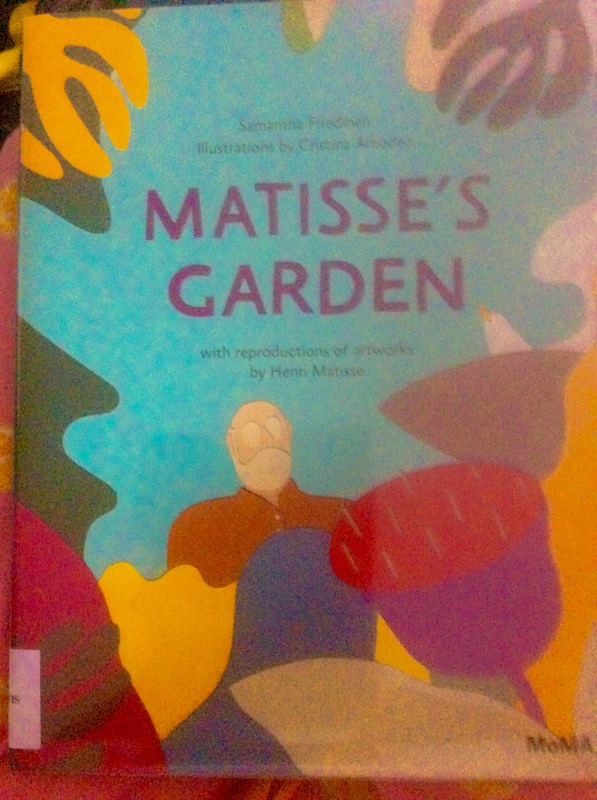
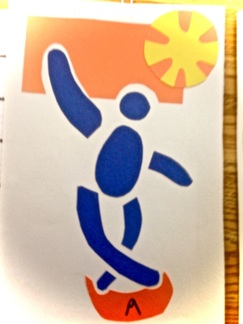
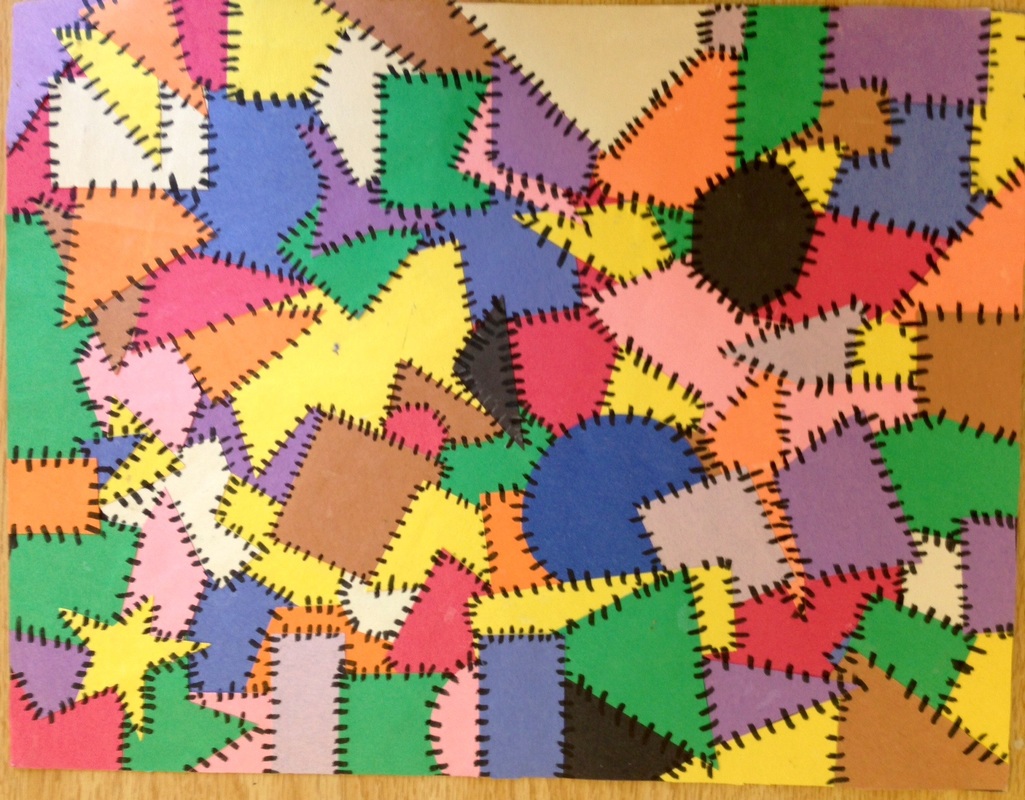
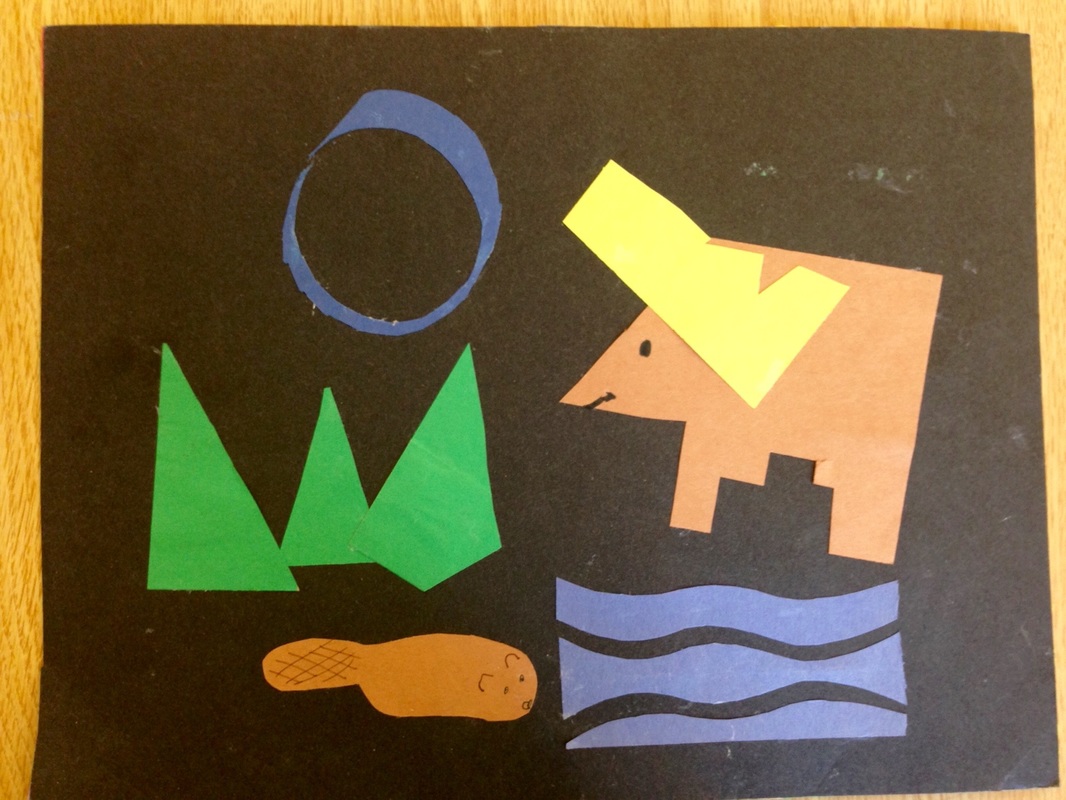
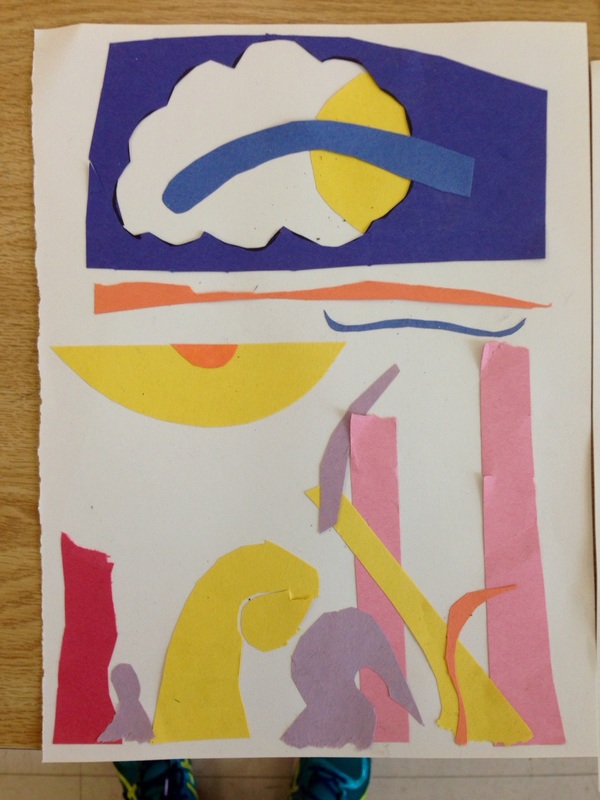

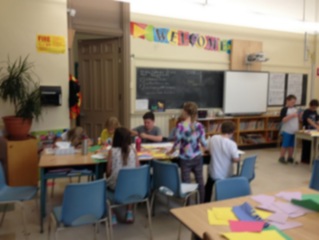


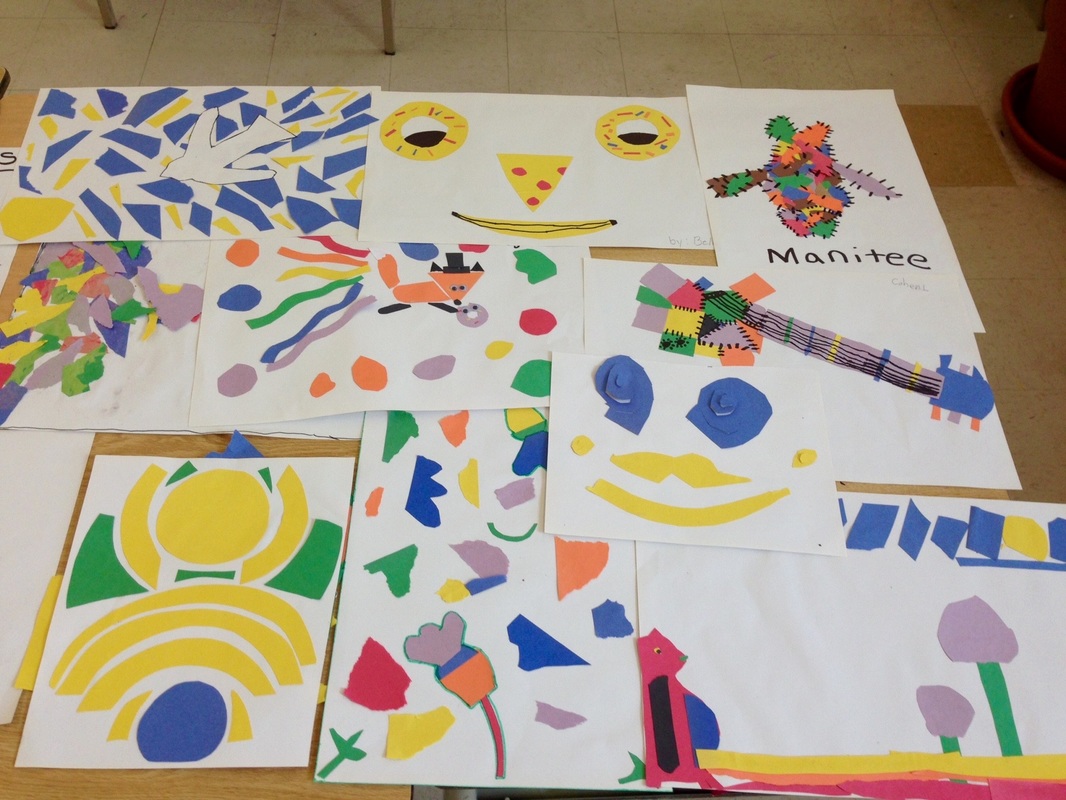
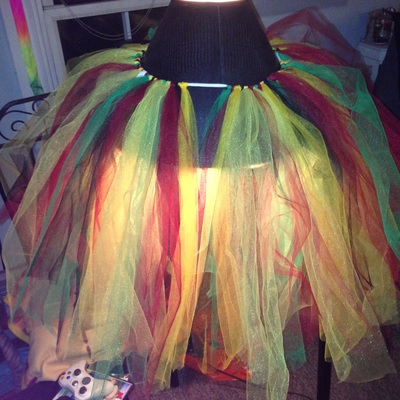
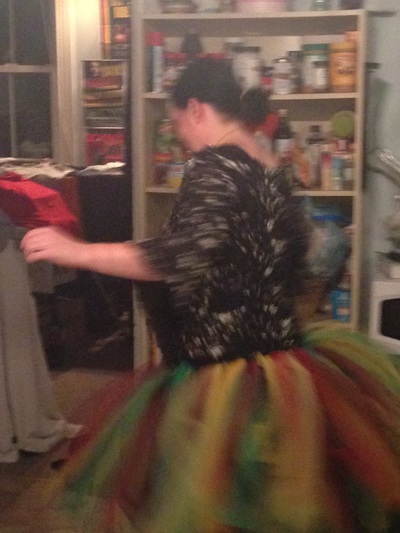
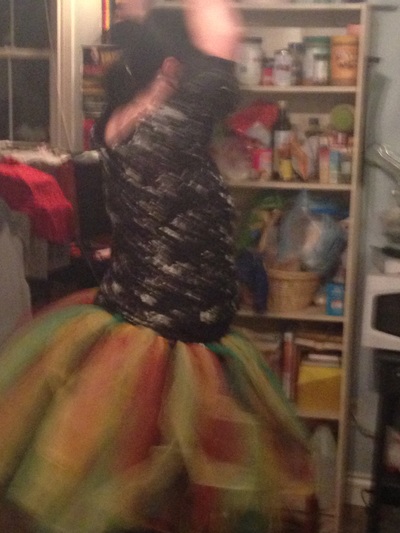
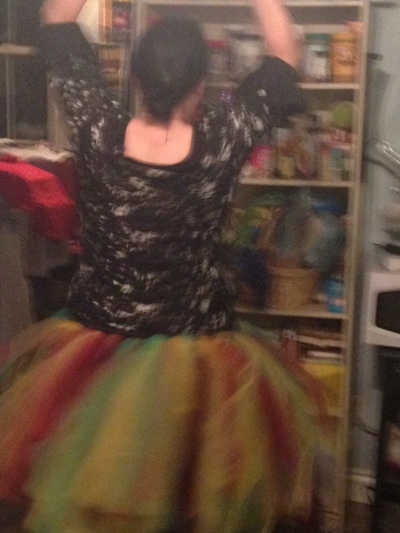

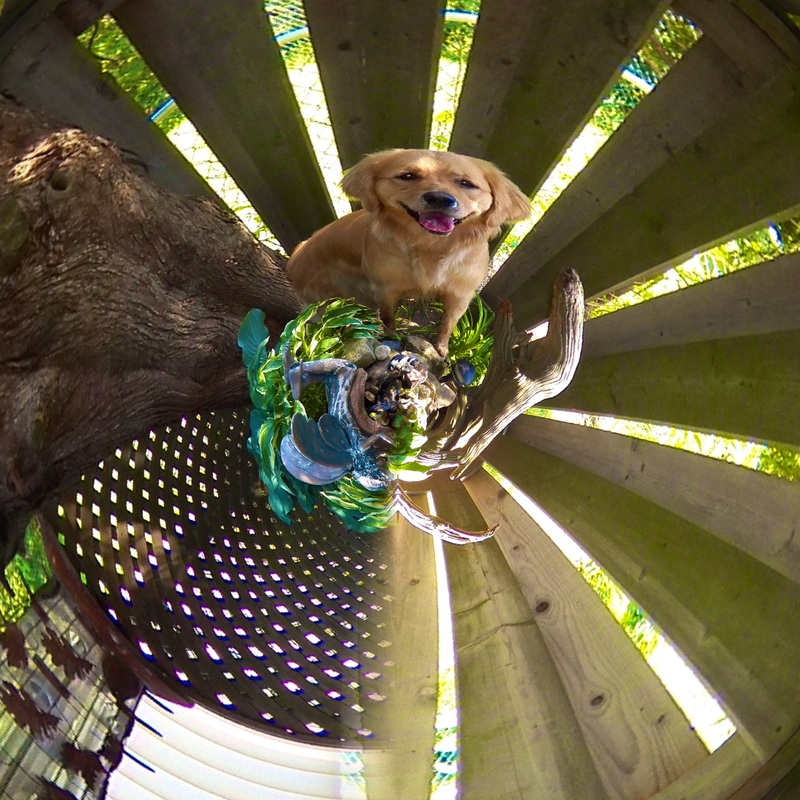
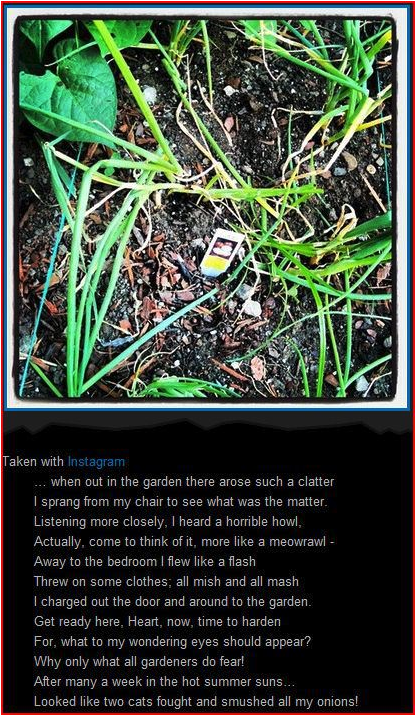


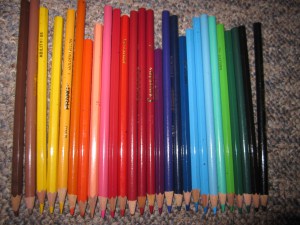
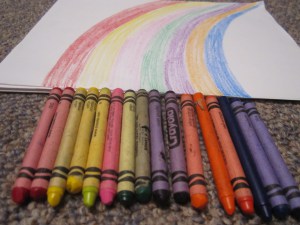
 RSS Feed
RSS Feed
